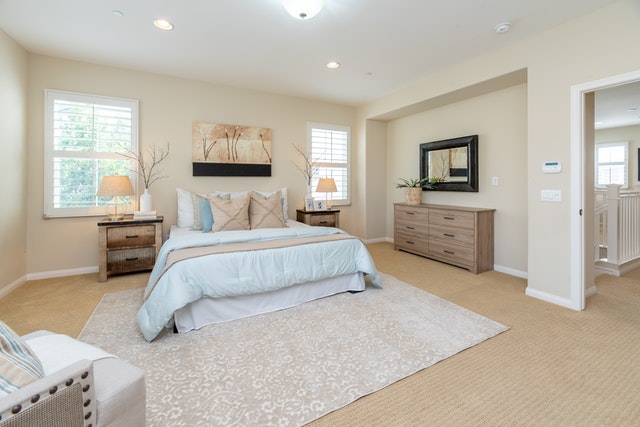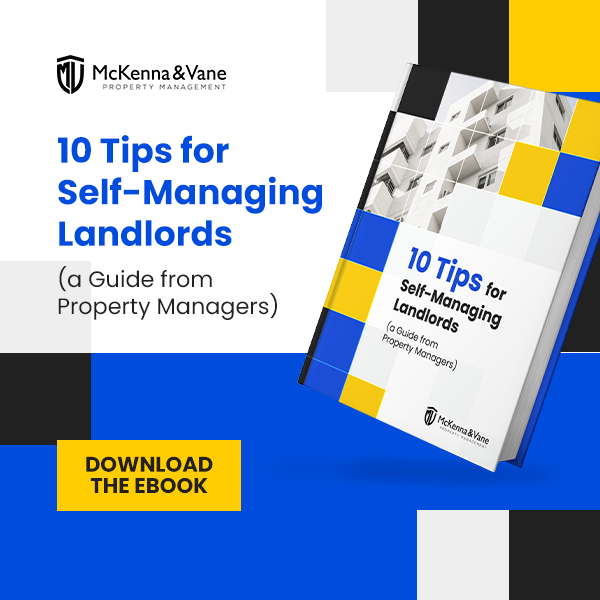How To Write A Good Property Listing

Are you renting out your home for the first time? Or, has a tenant recently moved out and your home is now vacant? Either way, your success at filling a rental vacancy starts with writing a good property listing.
You’ll want to write one that will immediately grasp the attention of prospective tenants when they are scrolling through listings.
A great property listing is one that contains three important elements: quality photos, an engaging narrative, and a strong description. And that’s where this article comes in! After reading through this guide, you’ll be able to craft a top real estate copy that’s sure to get great results.
1. Come Up With a Good Intro
Your opening statement can make or break your efforts of hooking a prospective tenant to your rental ad. If it’s persuasive, a prospective tenant will continue reading it to find out more about your property. On the other hand, if the opening statement is full of vague jargon, the prospective tenant will most likely move on within seconds.
Use the right descriptive words to help retain the reader’s attention. A prospective tenant wants to know what makes your property better than others and what to expect of the property in general.
2. Write a Captivating Headline
This is the first thing that a prospective tenant will glance at when viewing your rental ad. Just like your opening statement, how you write your headline can make all the difference.
A great headline is one that is both punchy and enticing. As a rule of thumb, use a language that situates a home in a certain area and speaks of the unique features it has. The following are some examples of great headlines to use in a rental ad:
- Recently Renovated Condo with New Upgrades and Appliances
- Cute Bungalow with a Detached Garage and Large Backyard within a few miles of downtown
- Beautiful 3 Bedroom Home with Stunning Views
Ideally, a captivating headline should be able to contain three things: the building type, location, and character. It should also be brief, clear, and confident.
What you want to avoid is exaggerations and jargon, which can make you come across as disingenuous. Furthermore, avoid using all-caps in your headline. The last thing your reader wants is to feel like they are being yelled at.
3. Be Careful With the Property Description
Before writing the ad’s body, make sure to list your property’s best features first. Once you have the list of the features, use adjectives that will help generate a prospective tenant’s interest.
The following are some examples of great adjectives to use when describing your property:
- Well-maintained
- Granite
- Original
- Luxurious
- Dramatic
- Beautiful
- Elegant
- Quaint
- Hardwood
- Stellar
Besides using the right adjectives, also be careful with the verbs you use, as well. Use ones that are going to communicate a strong sense of action by appealing to the prospective tenant’s emotions.
4. Make Sure to Highlight the Best Features
It’s good practice to include your property’s best feature in the opening statement. If your home has an ample bedroom, use words like grand or spacious to convey its size to a prospective tenant.
You can also follow that up with other unique attributes, such as new upstairs carpeting, large bay windows with natural lighting, or Victorian-style crown molding.
No matter how modest you may think your home is, there will always be one feature that makes it unique.
5. Be Descriptive But Keep It Brief
When it comes to a rental ad, being brief is the name of the game. Ideally, aim to keep the listing at under 200 words. The last thing prospects want is to be bogged down by a lot of text.
Only include essential information in the listing and leave out anything that doesn’t add more value. The following is some of the information you won’t want to leave out:
- The property’s address
- Square footage
- Rental price
- Number of bedrooms and bathrooms
- Availability of a garage
In addition, you’ll also want to let prospective tenants know about any unique features the property has. For example, scenic views, updated kitchens, and proximity to major highways.
Mention the neighborhood, as well. Let parents, for instance, know how good the school district is. Equally, if you’re looking to attract a younger tenant, letting them know about the area’s nightlife can make your property more appealing to them.
6. Keep the Language Positive
Even if your property has some flaws or lacks a standout feature, try to keep the content as positive as you can.
If your home has a small kitchen, for instance, you can rebrand that to an ‘efficient kitchen.’ You can also market a small bedroom as a potential office or playroom.
7. Consider Offering an Incentive
In a competitive rental market, filling a vacancy can prove to be an uphill task. In such a situation, offering an incentive can help you cut your vacancy costs much more quickly. The following are a couple of incentives (also called concessions) you can consider offering your new tenants:
- Allow pets
- Install a smart thermostat
- Install high tech smart door locks
- Offer them gift cards
- Offer them a rent discount for the first month
- Install new appliances
- Offer free wifi
- Offer free parking
8. Have a Professional Proofread the Ad
Before you hit the publish button, have a professional take a second look. Even if you have spent countless hours refining the language, they can help look at it from a critical lens.
Bottom Line
Writing a great property listing is key to attracting the right tenant and filling the vacancy much faster. If you have more questions or still find the process daunting, McKenna & Vane Property Management can help! We’re the most sought-after property management company in Howard, Carroll, Frederick & Montgomery County.



